PGL CEO promises to raise the bar in Antwerp after Stockholm Major feedback
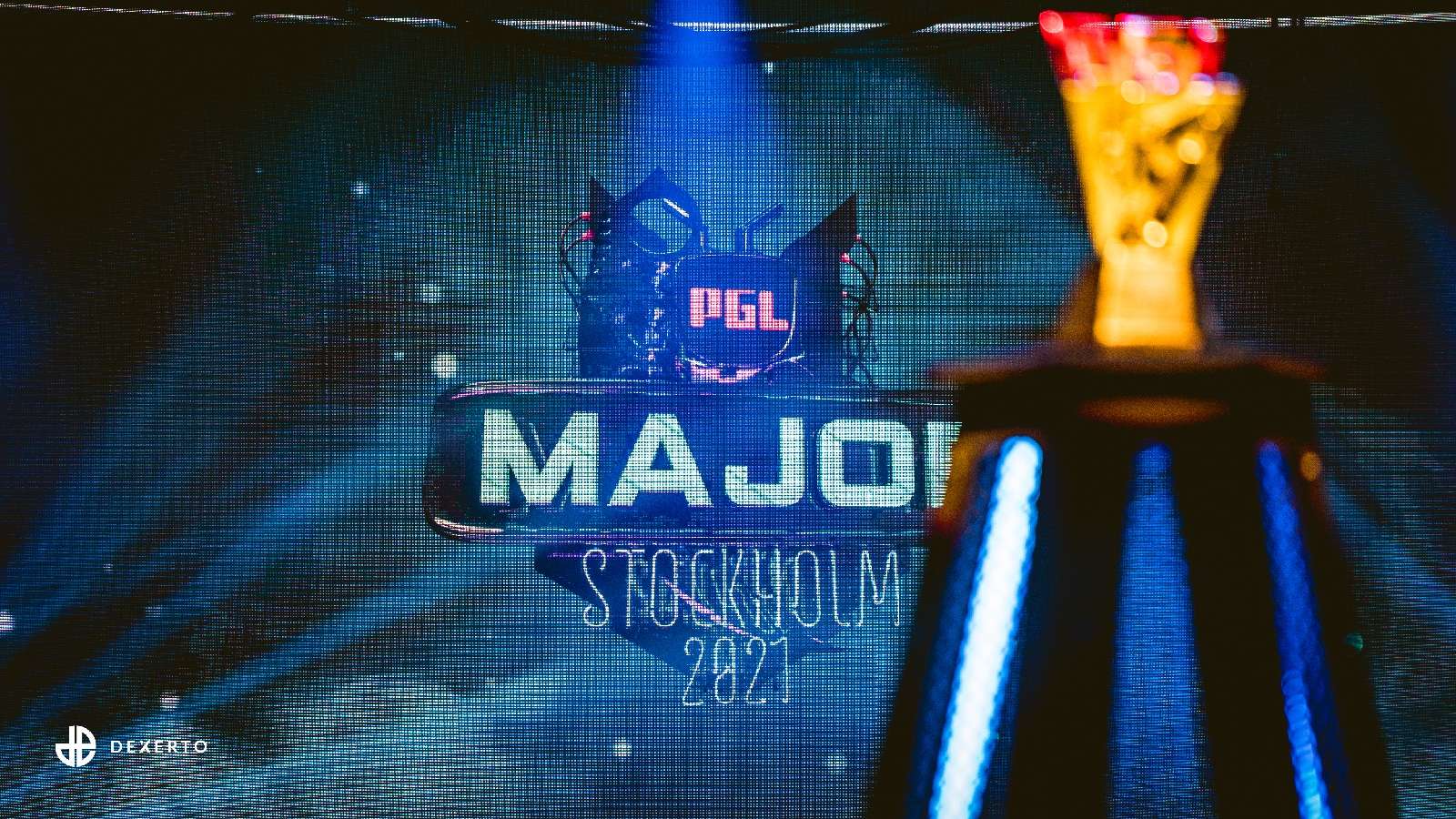 João Ferreira/Dexerto
João Ferreira/DexertoPGL CEO Silviu Stroie spoke to Dexerto about the lessons learned from the Stockholm CS:GO Major and how the company will be upping its game for the Antwerp event.
Four months on from PGL Major Stockholm, Stroie and his team are still processing the feedback from the event. The message is clear: We listen.
In many ways, that Major was a resounding success. PGL proved, to the surprise of many, that it is possible to run an in-person event of this scale in a bubble. The tournament also broke all CS:GO viewership records, and there was no shortage of epic and dramatic moments that will forever live in the esport’s folklore.
But at the same time, the event was marred by technical issues, caster drama, and some controversial decisions — including the lack of women’s representation on the broadcast, having talent work remotely, and allowing some teams to play New Legends Stage matches from their rooms — that were only corrected following community pressure.
Richard Lewis and Duncan ‘Thorin’ Shields, both of whom were part of the Major’s on-air team, dedicated a two-hour episode of ‘By The Numbers’ to dissect what went wrong at the event. According to them, the broadcast team, mostly made up of veterans, held everything together; less experienced talent would have crumbled under the pressure.
“If we had let some of the problems behind the scenes get us down and make our job sh**er, it would have been one of the worst Majors ever held,” Thorin said. “It would have been top 3 worst Majors.”
With high-quality matches and compelling storylines, PGL Major Stockholm satiated the appetites of the CS:GO community after two years of mostly online action. But if fans weren’t so hungry for in-person competitions to return, there’s little doubt that the Major would be looked upon in a different light.
The bar will be set much higher for the next Major, which PGL will also run, this time in the Belgian city of Antwerp. And Stroie says that his company has learned its lesson.
“I respect everybody, especially the talent that worked at our event,” he tells Dexerto. “We are listening to the feedback coming from them and from the community.
“We are working on improving all those areas with one simple goal, which is to have the best possible product [in Antwerp].”
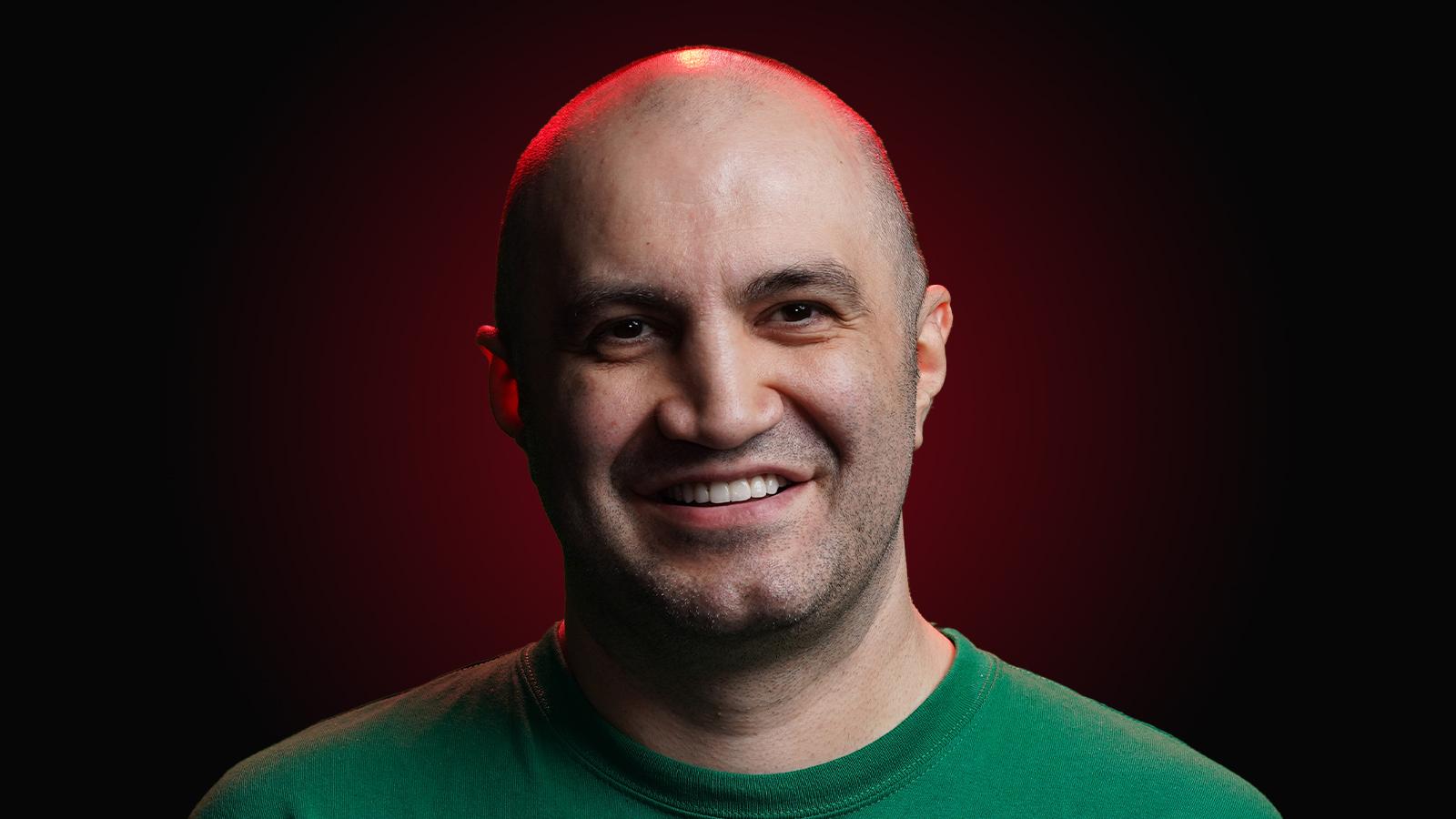 PGL
PGLPGL’s Counter-Strike history
Antwerp 2022 will be the third CS:GO Major run by PGL after Krakow 2017 and Stockholm 2021. The Bucharest-based company has a long history of organizing Counter-Strike events dating back to the days of 1.6, when its Romanian championships, which ran for over 30 seasons, often attracted “hundreds and hundreds” of teams, Stroie recalls.
- Read more: Astralis sign Farlig to CSGO team
PGL took a major leap in 2015 with its CS:GO Championship Series (CCS), a European league sponsored by Twitch. Albeit successful, it ran for only two seasons. By the end of that year, the CS:GO landscape was changing dramatically: in 2016, ESL more than doubled the prize money of its Pro League, while FACEIT made a splash with its headline-grabbing $3.5 million Esports Championship Series (ECS), and ELEAGUE entered the fray, bringing CS:GO action to North American television.
“A lot more money was now involved,” Silviu explained. “At the end of the day, PGL is a very simple company. We don’t have investors or anything. We need to make things carefully and properly.”
PGL made the decision to diversify its trade and became more and more involved in other esports titles, from Dota 2 to Hearthstone and FIFA, though it still helped other companies, like BLAST, to run CS:GO tournaments.
Since 2016, PGL’s name has almost disappeared from the CS:GO event calendar. Still, as Antwerp prepares to host the 17th Major in CS:GO history, only one company has more Majors in its portfolio than PGL (ESL with six). The Romanian company is also only the second tournament organizer that will be running back-to-back Majors after ESL, which did it in 2014 and 2015.
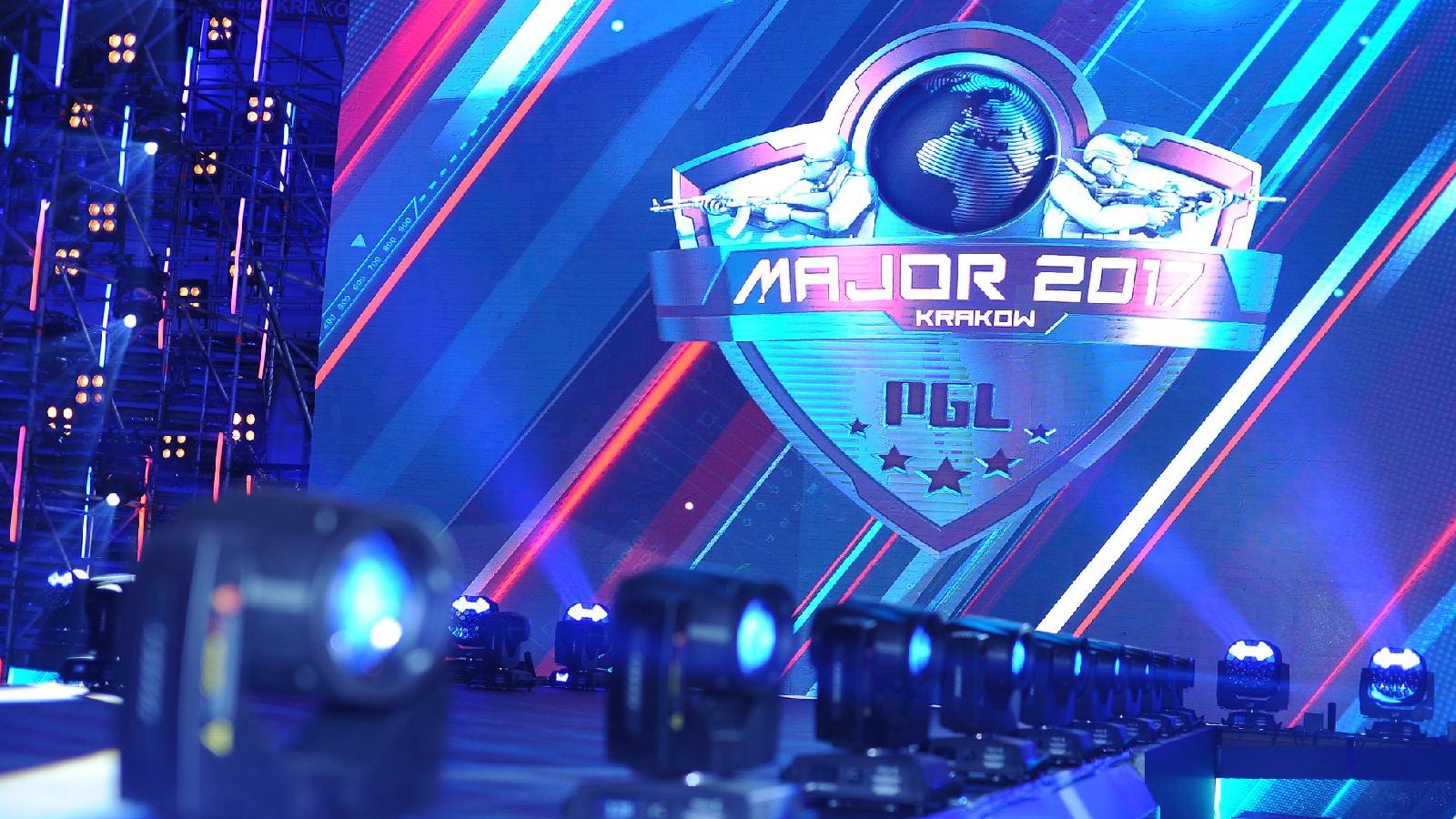 PGL
PGLAt a first glance, it might seem strange that a company that has mostly taken a backseat in the CS:GO scene remains a prime candidate to run the biggest event in the game, backed by developer Valve.
This can be attributed to two factors. Firstly, PGL enjoys a long and healthy relationship with Valve and has been involved in every The International — Dota2’s flagship tournament — since 2016 (it also helped to run the open qualifiers in 2015).
Secondly, the pool of tournament organizers capable of (and interested in) running a CS:GO Major is very small these days. It doesn’t help that the only company able — to some extent — to challenge ESL’s near-monopoly, BLAST, has shown little interest in hosting a Major, regardless of how much prestige would come from it.
"BLAST are not pitching for a Major, that's why they don't have a Major"@SPUNJ on why BLAST hasn't got a Major yet despite delivering great events.
🎧 https://t.co/Z0sS7zEsDw
📺 https://t.co/AowaYzh0nW pic.twitter.com/i9lQFhpmga— HLTV Confirmed (@HLTVconfirmed) December 10, 2021
However, Stroie laughs off the suggestion that running a CS:GO Major is a money pit.
“I think that, if you do it properly, you can have a really nice turnover,” he says. “It all depends on how you look at things and how you do it.”
He adds that, in a “very crazy utopic world” with Majors every week, PGL would gladly organize them all. Not just out of a passion for the game, but also because this is the only way to run a high-caliber event in CS:GO without having to spend “tens of millions of dollars to attract teams” or wrestle with other tournament organizers to make space in the calendar.
“Everything is so compact right now,” he explains. “It’s crazy to start a new league or to run a new offline event. There is no space for that.
“You’ve seen this whole thing with the open qualifiers for the RMR. We are trying to run open qualifiers in a way that won’t interfere with other tournaments. But every single day, there are events all over the planet.
“Somewhere, someone is going to get impacted by it. We are trying to adjust the best we can, but there is no perfect solution.”
When things go wrong
As Stroie delves into some of the bigger issues that plagued the Stockholm Major, he explains how the global health crisis, travel restrictions, and the protracted affair regarding the choice of the host city for the event affected PGL’s planning.
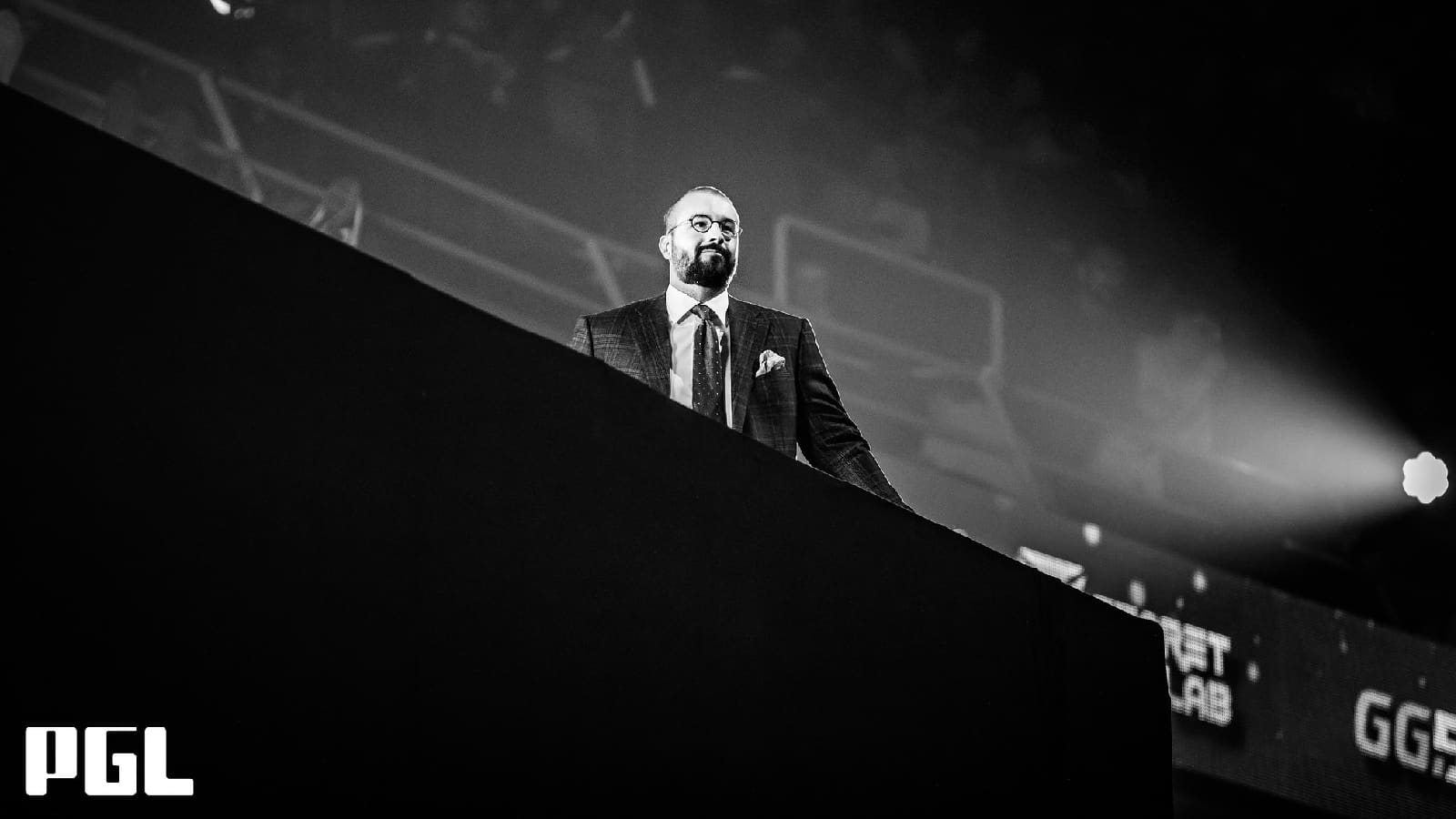 The Major had on-site talent for the playoffs following community backlash
The Major had on-site talent for the playoffs following community backlashWith only weeks left until the Major started, doubts remained about where, and under which conditions, the event would be held as PGL remained in a bordering-on-interminable dispute with Swedish authorities. Alternative locations were considered, and an action plan suited to these modern times was devised. The priority was clear: to get the event on in whatever shape or form possible.
“In mid-September, Sweden approved everything, changed the law and so on,” Stroie says. “But before that, we had to make a lot of decisions.
“We were like, ‘Hey, this is a pandemic. We have no idea how long this is going to last, if it’s going to be one year, two years, five years.’ And we realized that running offline events the way we were used to was not possible anymore. We need to be able to do it remotely for the most part.
“We planned the entire summer to have the production and the whole on-air talent inside our studio, while the players would be in whatever venue we ended up with.”
After the community went up in arms about the decision to keep talent remote, PGL made a U-turn and announced that the on-air team would be flown to Sweden before the playoffs. That created a new problem: there was no room for them in the setup designed for the event.
“We realized very late that we had made a mistake and we tried to adjust,” Stroie says. “And we did whatever was possible at that point.”
Any tournament organizer worth their salt knows that putting out all sorts of fires is a vital part of the job. Something that has been done a certain way for years suddenly and unexpectedly might not work anymore, forcing you to find new solutions on the fly – all the while having to deal with the added pressure of dealing with thousands of angry and mocking viewers pointing out your every mistake.
The criticism was fierce as audio issues became a constant theme during the Stockholm Major, spawning the meme about PGL having hired a deaf audio engineer to work at the event.
Hi guys, I’m the audio guy at PGL Major. I wanted to express how honored I am to be the first deaf audio engineer at a CS:GO tournament in history. Thank you PGL for this amazing opportunity, and I’ll try my best!
— Marko 'kressy' Đorđević (@kressy) November 4, 2021
These problems stretched well into the playoffs, affecting talent, viewers at home, and spectators in the arena.
“Pretty much everything in broadcast is digital,” he says. “For audio, everything works on Dante, which is a network protocol. And because of whatever network issues we had and the way we structured the whole thing, we had various audio issues throughout most of the event. We were able to fix most of those only when we decided to scrap everything and just go the old way, analog. It’s something that… Sure, we messed up.
“We are doing hundreds of events, this is what we’re doing daily, but this time around it just didn’t work out for us. It was definitely our fault.”
Improvements for Antwerp
As Swedish legend and Stockholm Major trophy bearer Christopher ‘GeT_RiGhT’ Alesund stepped onto the Avicii Arena stage and took the microphone from host Freya Spiers, he said to the crowd before him: “I want to hear a little bit more.”
At that moment, without knowing, GeT_RiGhT was speaking for thousands of viewers at home, annoyed at how poor a job PGL was doing in terms of capturing the atmosphere inside the arena. The sound issues went on for the entire first day of the playoffs, taking away from the experience of having an in-person event with a crowd.
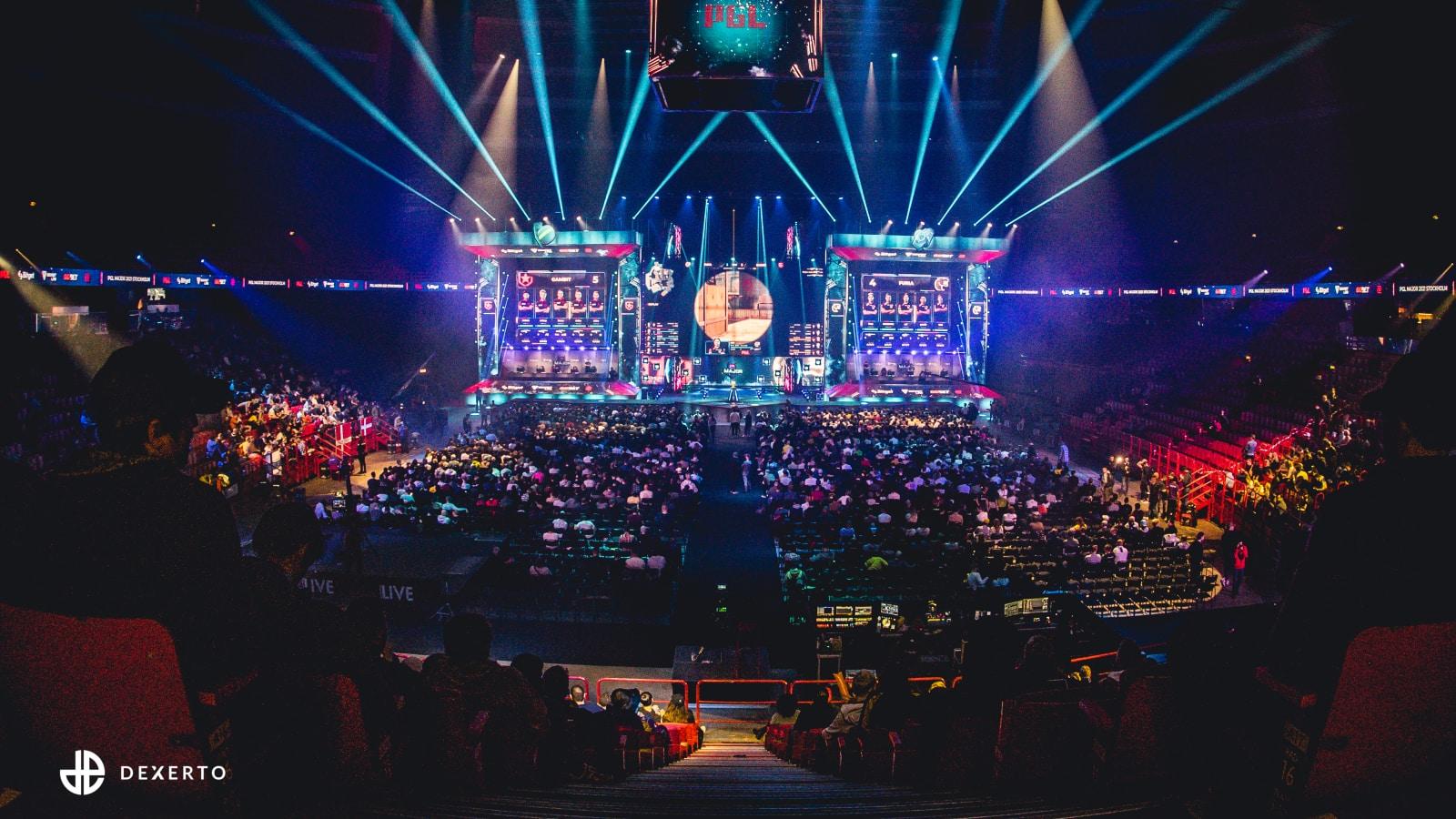
The reality is that the show only rarely delivered on the premise of being a celebration of the game after over two years without a Major. It felt more like your run-of-the-mill pre-pandemic LAN than a historical Major that was supposed to be epic — a view further accentuated only weeks later when BLAST hosted an event in Copenhagen that, crowd aside, hit all the right notes, making everyone wonder what the Major could have been.
Stroie is aware that the community sentiment around the Stockholm Major is greatly divided. That’s why PGL is channeling a lot of its focus to make sure that Antwerp will be an improvement on all fronts.
One aspect that will make PGL’s life easier is that the company is handling the entire Major cycle, from the open qualifiers through to the Major. This is a departure from Stockholm 2021, where PGL ran only the main event, while a host of other companies were in charge of regional qualifiers.
“Since we are running the RMR process, we are going to have 14 days of broadcast in our studio,” Stroie says. “This will help us make sure we are not going to see any more errors.
“Frankly, I think this is the right way to do it. At the end of the day, when you run a Major, you need to be in charge from start to end.”
With the RMRs taking place on PGL’s home turf, the company will be doing “countless tests” to prevent the sort of unexpected issues that disrupted the Stockholm Major. But there’s only so much that more testing can do.
PGL will be working with an “ultra-specialized company” for the RMRs and the Major, and has purchased “a lot of new dedicated equipment, especially for casters and analysts”, as well as more high-end computers to build an eight-team tournament setup that they hope will minimize delays: while two matches are taking place, four teams are getting ready to play.
There is a common perception in the CS:GO scene that PGL bit off more than they could chew when they committed to hosting The International 10 and the Stockholm Major — two tournaments in two different countries and with a gap of fewer than ten days between them.
Stroie insists that’s not the case — “we’re running events back-to-back all the time, sometimes even multiple events at the same time” —, but he vows to allocate the company’s “entire resources” for the Antwerp Major. External people will also be brought in to make sure that everything will run smoothly.
Another point of criticism was the lack of content around teams and players during the Stockholm Major. As the Swedish event began, everyone felt the importance of the moment after 18 incredibly challenging months in which CS:GO had lost players, sponsors, and organizations to Valorant, in addition to making headlines for a number of scandals.
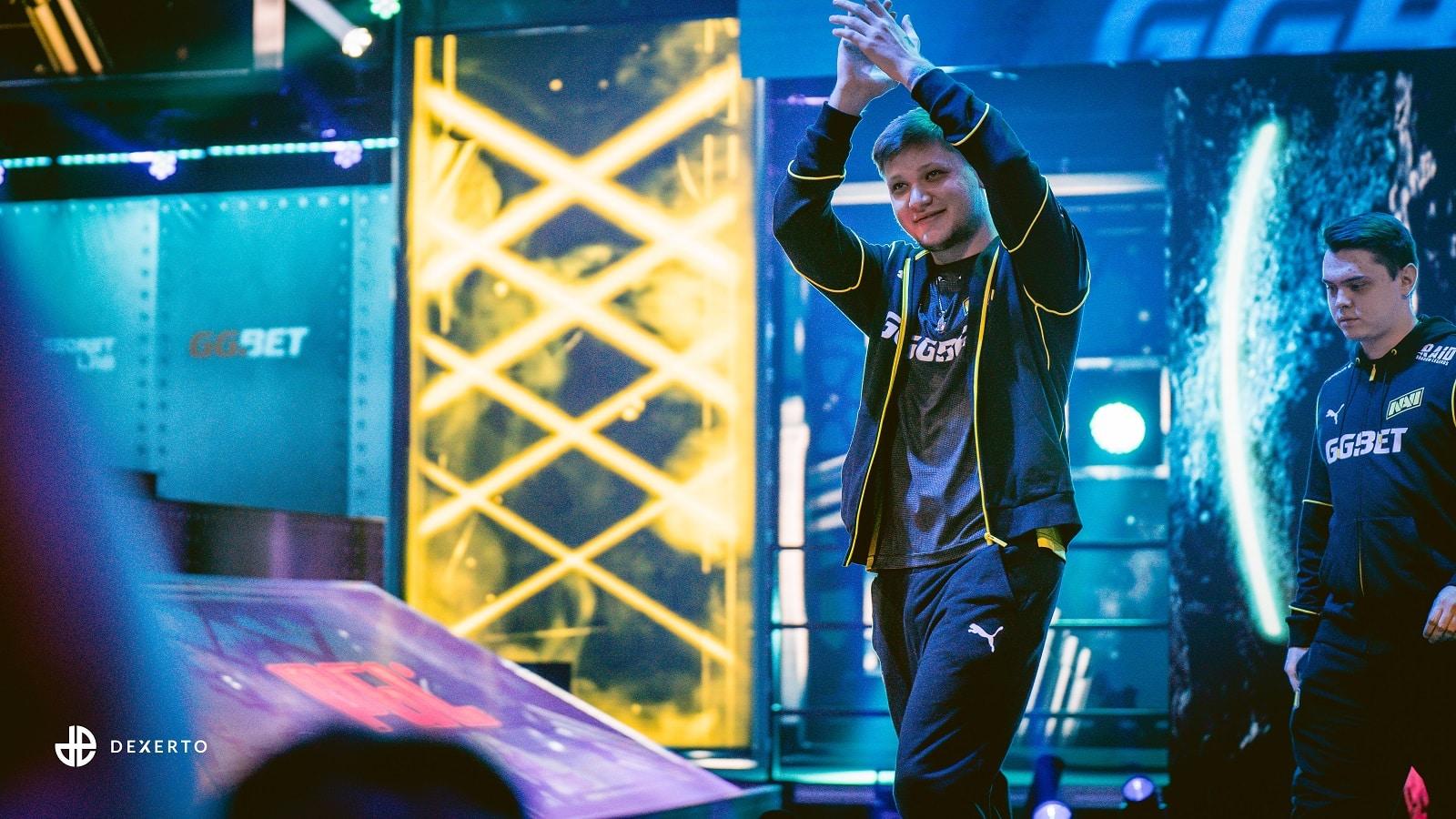 João Ferreira/Dexerto
João Ferreira/DexertoStroie assures that there will be an increased focus on storytelling in Antwerp, citing health concerns for the lack of the content in Stockholm, where safety was PGL’s priority — which meant making compromises.
“We wanted to offer the teams the safest possible environment instead of dragging them around every single day to do this or that,” he explains. “We were okay with sacrificing our product in order to improve the happiness of the players.
“For the RMRs and the Major, we will have practice rooms that are sensibly bigger than the ones in Stockholm. That is going to allow us to create more content.
“I don’t know if you talked to the players, but they were all extremely happy, especially with the computers and the hospitality. We spent most of our resources on that, on getting the best PCs on the planet, the best monitors, and on providing the best possible conditions for the players.”
Reflecting on Stockholm Major & looking ahead
Despite the plethora of issues that cropped up during the Major and put PGL under fire, Stroie still looks back at the event with immense pride, especially when the viewership figures are brought up.
The record set in Stockholm of over 2.7 million concurrent viewers — “a gigantic number” in his view — will be hard to break.
PGL CSGO MAJOR STOCKHOLM 2021 – The biggest viewership in CSGO history. We've broken all possible records. The first big esport event with a large audience in the last two years.
THIS IS PGL !!! pic.twitter.com/lrkUXKUqmP
— Silviu Stroie (@ssilviu) November 7, 2021
“It for sure put PGL in the esports history books,” he says. “First of all, there’s a giant difference between the Stockholm Major and every other Counter-Strike event.
“And second, because our event is the only one in the top 10 esports events that was run by an independent company, not by the publisher itself. All the other events are publisher-owned tournaments. The Stockholm Major was run by a third party, which is something that makes me extremely proud.”
The Antwerp Major is fast approaching, the countdown well and truly underway following the start of the open qualifiers on February 22.
While Stockholm 2021 was a throwback Major, Antwerp 2022 will have a different feel to it, starting with the broadcast. “We have a giant list of people that we are looking at right now,” Stroie says, adding that PGL’s views regarding the on-air team are “pretty close” to those from Richard Lewis and Thorin, two of the most vocal and prominent critics of the Swedish Major.
Stroie says that, just like six months ago, PGL’s main priority is to get the tournament on regardless of whatever “crazy things” might happen, such as a new variant of the virus or stricter travel restrictions. With the lessons learned from Stockholm and an action plan laid out months in advance, a sense of optimism that the Antwerp Major will be a much better experience all around is discernible in his words.
“We are not perfect,” Stroie says. “We are far from perfect, but we know that we can do a really good job. We have done that so many times, in so many different games.
“We are always trying to decide what’s best for the show. Every single time, we are changing the theme of the event and how we want it to be run. And we are looking at what the community is expecting, what it wants.”